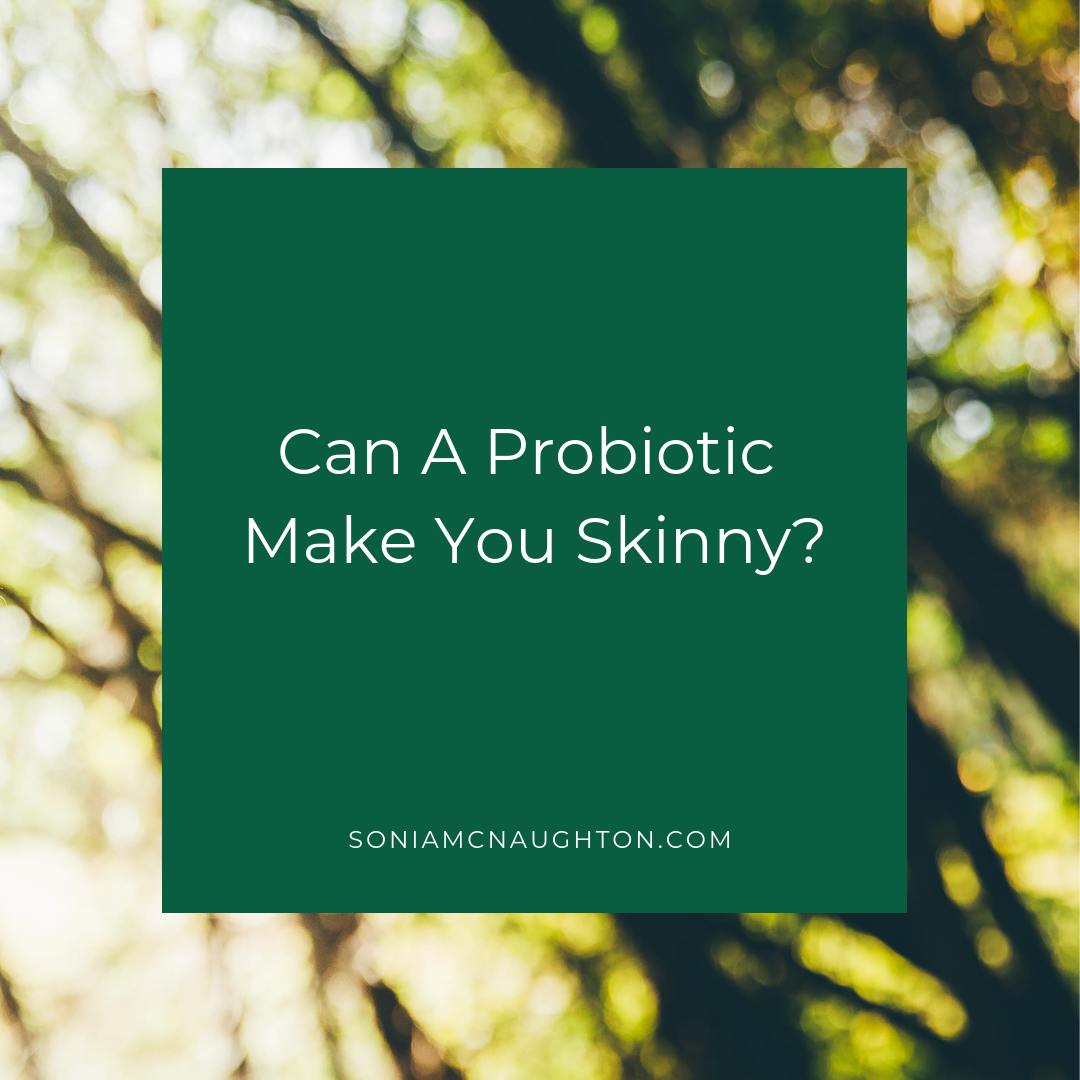Even as the scientific knowledge on causes of excess weight increases our own weight is not decreasing. Look around any work site, office or supermarket and you can see the proof behind the statistics telling us we have been getting fatter.
Scarily this trend is reflected with our kids. Recent population studies have found that between 21% – 27% of school-aged children in Australia are overweight or obese. One quarter of our youth with an uncertain future marred by escalating health problems (1, 2, 8)!
Whilst the evidence on excess weight tells us categorically weight loss is not as simple as the old ‘calories-in versus calories-out’ debate it is certainly one piece of the jigsaw puzzle on obesity (5). So how do we lower calories without having the burden of weighing, measuring, recording and calculating everything we eat and drink?
I was pondering this problem recently while unpacking my Nonna’s old dinner set and I was struck by how much smaller the dinner plates, bowls and cups were from what I use every day. Even more remarkable was the comparison with my Great Grandma’s afternoon tea dishes which I vividly remember being used to serve delicious home-made treats. If I hadn’t the clear memory of their use I would have sworn it was a child’s play set they were so small!
The size difference was so marked I started thinking about the link between the ever increasing size in our dinnerware, my own family’s weight timeline from my tiny Great Grandma through to me now and if anyone had researched the correlation between plate size and weight size.
I jumped on the ‘net to check out the science. Our plates have increased approximately 44% in size from only the 1980s to early 2000s (3) and a correlation has been found between the increased size of plates, portions and calories and the rise in obesity rates in Western society (9).
So this morning for breakfast I decided to use my Nonna’s plates. For the past 12 months I have been eating a specific sized piece of protein (meat or fish) because I want to take advantage of protein’s ability to make me feel full for longer and reduce hideous 3.30pm sugar cravings.
This morning was one of the first times in 12 months I couldn’t finish my breakfast. Seeing how piled-up the food was on my Nonna’s plate instantly made me feel like I was over-stuffing myself, and, remarkably I simply just stopped eating when I felt full.
Straight back to the research! Now I wanted to find out if there was research on smaller plate sizes leading to less calories consumed. Some studies have indeed found increasing plate sizes led to an increase in the portion size of foods and calories eaten (4, 6).
However these findings need to be balanced against the conclusion of a controlled environment study on differing sized plates on food where no change in food and calorie intake was linked to changing plate sizes (7).
Interestingly the study that found plate size was not linked to calories consumed had excluded participants if they were overweight / obese or had a disordered attitude to food. What if the conclusion of the study is linked to the categories of people it excluded?
From my experience clients who easily maintain a balanced and healthy weight typically have the ability to regulate their food intake regardless of where and when they are dining. Potentially this might mean these effortlessly slim folk automatically eat the calories they need without regard to what plate it is presented on.
I have found people who struggle to keep their weight down tend to have a higher chance of a disordered relationship with food. Potentially these people may be influenced by the appearance of food on their plate.
Any recommendations for people wanting to lose weight? Using smaller plates, bowls and mugs might provide instant and daily portion control with no effort.
What have I personally implemented on my weight-loss adventure? Well rather than throwing away the cracked and incomplete dinner set from my Nonna I have decided to use it for everyday meals.
And I ended up eating my left-over brekkie for lunch and at 4pm I’m still travelling strong with no sugar cravings!
No weight loss even though you have reduced calories
Portion control or ‘calories-in versus calories-out' is only one part of the jigsaw puzzle of shedding fat. If you are struggling to lose weight despite reducing your food intake and or increasing your exercise it is time to explore the hormonal drivers of weight.
There are many hormonal reasons why weight loss is difficult including but not limited to:
Insulin - the way your body responds to sugars
Thyroid - how much energy your body actually burns
Leptin - the foods you crave and how full you feel
Cortisol - how your body responds to your stress levels and if you lose weight or gain weight when stressed
Oestrogen, progesterone and testosterone - your female / male hormone levels may influence the way your body burns your food intake and calories.
So if reducing portion size does not change your weight don’t give up there may be a hormone hijacking your efforts!
In health,
Sonia x


















